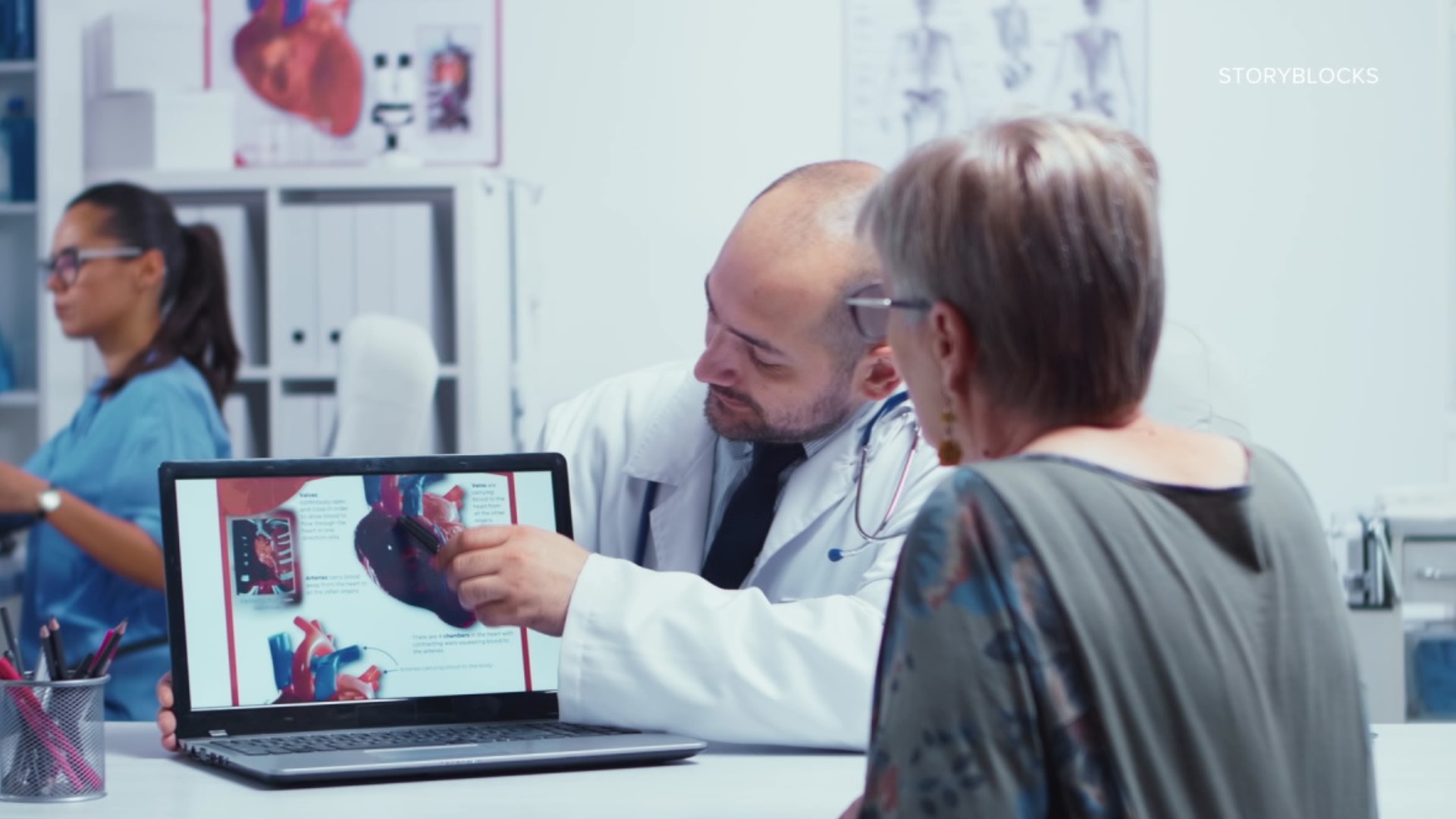SELINSGROVE, Pa. — The goal of American Heart Month is to raise awareness about heart disease.
Stephanie Derk from Selinsgrove knew she had a family history of heart disease. But heart problems were not on her radar for her healthy teenage daughter.
"She was a perfectly healthy teenager. She was within her weight class that she should've been. She was active in sports; she was a typical average healthy teenager, so there were no signs early on," Stephanie Derk said.
Then, Emily started feeling extremely tired and run down — symptoms that could have just been chalked up to general teenage behavior. But because of that family history, Stephanie took her to the doctor.
Emily was diagnosed with a congenital heart defect and needed open-heart surgery.
"You have to advocate for not only yourself but also your family. You have to pay attention to those signs because you can't ignore them, or it could be devastating," Stephanie said.
Dr. George Ruiz, the head of cardiology at Geisinger, says that while heart disease is often associated with older people or with men, it impacts people across all age groups, and it's the number one cause of death among women in the U.S.
"If I could give one very strong message, it is that the best treatment is prevention. And prevention actually starts way before you're 50. We have been looking increasingly at specifically identifying risk factors in youth."
So, what are those risk factors that everyone should pay attention to? Some are in your control, others are not.
Family history, for example, is out of your control, but it's still good to be aware of. High blood pressure and high cholesterol can both be treated with medication. Weight is another risk factor, so a healthy diet and exercise routine can be a good prevention tool.
Another big risk factor is smoking. Dr. Ruiz says if you're a smoker, quitting can be the single greatest thing you do to lower your cardiovascular risk.
"We know that traditionally when we think of heart disease, we often think of coronary disease, which is a very common manifestation of heart disease. That's when cholesterol builds up inside the heart arteries. But we also understand that heart disease can affect different parts of the heart," Dr. Ruiz explained.
That means heart disease can manifest itself in different ways, with different symptoms. Some signs to look out for are:
- Chest pain or chest tightening
- Shortness of breath
- Swelling of the legs
- Feeling faint
To get people talking about this, the American Heart Association is encouraging people to wear the color red on Friday, February 3, known as National Wear Red Day.

